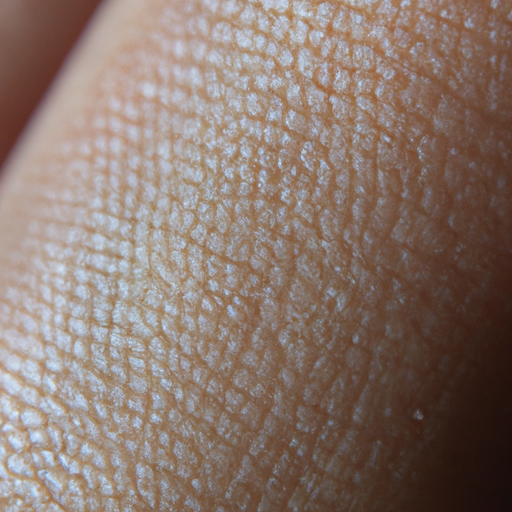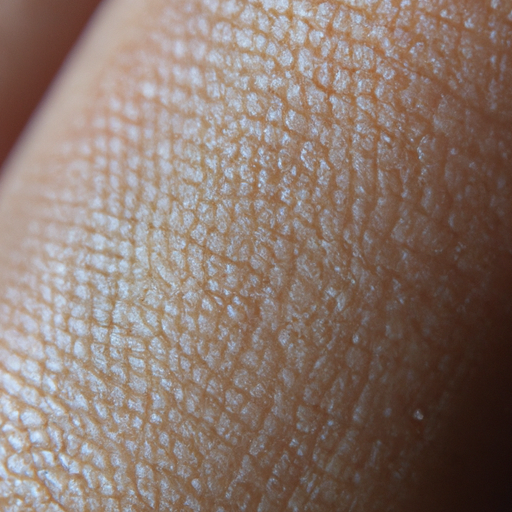As a dermatologist, I have seen firsthand the transformative power of body peels. They are a simple, non-invasive treatment that can drastically improve the texture and appearance of your skin. Unveiling the magic of body peels, this article aims to provide a comprehensive guide to skin rejuvenation.
Body peels are a type of chemical peel designed specifically for the body. They work by applying a chemical solution to the skin, which causes it to exfoliate and eventually peel off. The new, regenerated skin is usually smoother and less wrinkled than the old skin. Body peels can be used on various parts of the body, including the back, chest, hands, arms, and legs.
The main purpose of body peels is to improve the appearance of the skin. They can treat a variety of skin conditions, including acne scars, age spots, hyperpigmentation, rough skin, and fine lines. Body peels can also improve the overall tone and texture of the skin, making it look healthier and more radiant.
There are several types of body peels available, each with its own unique benefits. Light or superficial peels use mild acids like alpha-hydroxy acid (AHA) to penetrate only the outer layer of skin. This type of peel is ideal for treating fine lines, acne, uneven skin tone, and dryness.
Medium peels penetrate the outer and middle layers of skin to treat acne scars, deeper wrinkles, and uneven skin tone. They often use trichloroacetic acid (TCA) or glycolic acid. Deep peels penetrate the middle layer of skin to remove damaged skin cells. They use phenol or trichloroacetic acid (TCA) and are used to treat deep wrinkles, scars, or precancerous growths.
The process of getting a body peel begins with a consultation with a dermatologist or skincare professional. They will assess your skin and discuss your goals to determine the best type of peel for you. The actual procedure involves applying the chemical solution to the skin, which may cause a slight burning sensation. The solution is then neutralized and removed, and a soothing lotion is applied.
The recovery period for a body peel depends on the type of peel. Light peels require little to no downtime, while medium and deep peels may require one to two weeks of recovery. After the treatment, it’s essential to protect your skin from the sun as it will be more sensitive.
Body peels are generally safe, but like any procedure, they do carry some risks. These can include redness, swelling, scarring, or changes in skin color. However, these risks can be minimized by choosing a qualified skincare professional to perform the procedure.
In conclusion, body peels are a powerful tool for skin rejuvenation. They can treat a variety of skin conditions and improve the overall appearance of the skin. However, they should always be performed by a qualified professional to ensure safety and effectiveness. If you’re considering a body peel, I encourage you to consult with a dermatologist or skincare professional to learn more about this transformative treatment.




